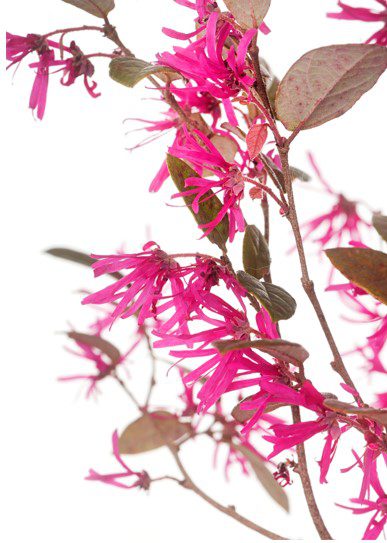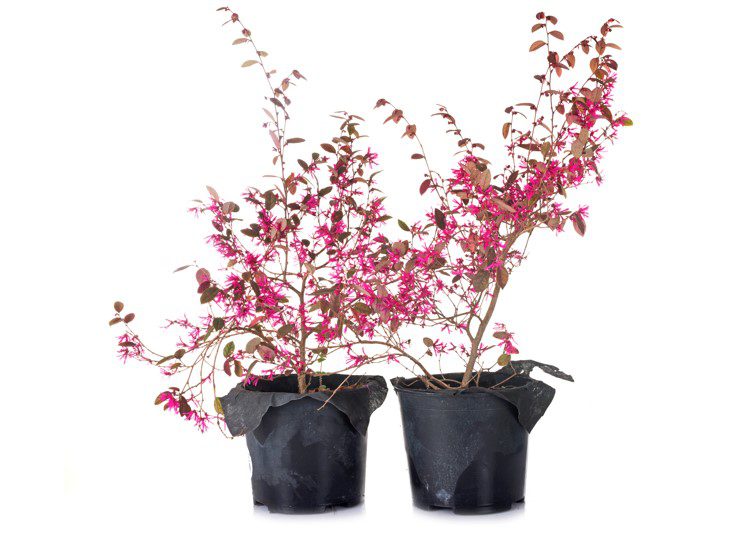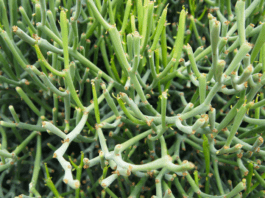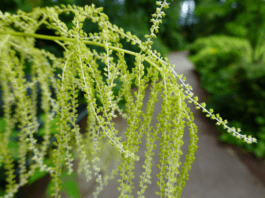Loropetalum
Loropetalum Chinense, otherwise known as the Chinese fringe flower, is an evergreen shrub that has been a landscape favorite. The species plant, which has green leaves and white flowers, has been around since 1880.
However, it was not popularized until the introduction of purple-leafed, pink-flowered varieties in the late 1980s and early 1990s.
Loropetalum, a Greek translation of the word strap and petal, refers to the fringe-like flowers. Loropetalum, a member of the witch hazel family, is native to China and Japan.
They are spring bloomers and evergreen plants, which flower just like azaleas. They can be used to hedge, plant foundation, plant mixed planting, specimen plant, and plant for the patio.
Ideas For Loropetalum Landscaping Aand Design
Loropetalum can be used in a variety of ways in the landscape. This is how:
- In a combined boundary, along the wall or fence, use a wider selection as a dramatic backdrop.
- Train a small-medium-sized loropetalum into an espalier along a trellis or fence for a distinctive look.
- A more mature upright specimen can be trained into a small tree by gradually removing side branches in one or more of the main trunks.
- Combine purple-foliaged shrubs and small trees, such as Jazz Hands Bold® or Purple Diamond®, with green-foliaged shrubs and small trees to add contrast and break up monochromatic color schemes.
- To complement an Asian-style landscape, grow a weeping form along the top of a low rock wall or on a slope.
- Plant a smaller specimen in a ceramic pot with a similar or complementary color echo and position it near an entryway as a focal point.
- Plant a woodland border with regional natives to create a natural habitat for pollinating insects and wildlife.
- Plant a dwarf form, such as ‘Daruma,’ in a container alongside other containerized shrubs, perennials, or annuals for year-round color. Install in a prominent location in the garden, such as a patio, deck, or balcony.
- Combine with other shrubs that have contrasting foliage colors of gold, chartreuse, blue, or bronze to create a mixed border or along the foundation of your home.
- This will enhance the contrast between the colors. Suggestions for companion plants include spirea ‘Goldflame,’ cypress ‘Gold Mop,’ abelia ‘Kaleidoscope,’ or juniper ‘Blue Star.
VARIETIES
There are many options. Although Ruby is the most popular variety in our region, it is not recommended due to dieback problems. It matures at about 3 to 5 feet, although I have seen it grow much taller.

The plant has a round shape and pink foliage color that occasionally bloom throughout the year. The leaves are rounder and smaller than the Plum and Burgundy varieties.
Plum, also known as Plum Delight, and Pizzazz, can grow up to 6-8 feet tall and has darker leaves and more flowers than other plants. Burgundy (Sizzling Pink) is taller than Ruby and matures at 6-10 feet tall. It has long pointed leaves that turn red in the fall.
It blooms all year, just like Ruby. According to landscape observations, Plum and Burgundy have not shown any signs of dieback, so they are good choices for this area.
Select a dwarf variety, such as Jazz Hands® Dwarf White or Crimson Fire, to grow in a decorative container and display in a prominent location, such as an entryway, patio, or deck.
PLANT PROBLEMS
University of Florida research first showed that dieback could be caused by either micronutrient deficiencies or eriophyid mites. According to the results of the study, copper sprays were effective in preventing the problem.
After 12 weeks, however, symptoms returned and required additional treatment. Ruby, once a low-maintenance, now requires copper sprays four times per year to prevent the plant from dying.
Spray individual plants with Kocide copper spray if you have existing loropetalum Ruby plants and have dieback problems. Spray as soon as you notice new growth.
Avoid spraying copper on other plants, as it can cause toxicity problems. Also, do not spray metal, concrete, or light-colored homes to prevent blue staining and corrosion.
Pseudocercospora can also cause leaf spot diseases, which can lead to defoliation. The fungus can cause leaves to develop brown or yellow spots, and it can also persist in the moistened air at night. The disease can be controlled with fungicide sprays. They are deer resistant
LOW GROWERS
There are new varieties, which is a plus. Purple Pixie is a dwarf shrub that spreads to 2 feet and can reach 4 to 5 feet in height.
It is characterized by deep purple leaves and bright, fuchsia-pink blooms. It can be used as a foundation, groundcover, or container plant.
Snowmound (Snow Muffin), another low-growing plant, stands between 1 and 3 feet tall and has a width of 2 to 3 feet. The leaves are dark green with white flowers.
Final Word
They seem to perform best in the Middle to Lower and Coastal South. Subzero temperatures can kill or knock plants back to the ground. In cooler climates, apply a thick mulch to protect roots and plant in a protected area.
Loropetalum makes a nice accent plant in a large container or planted in a shrub or flower border. Be careful using them in foundation plantings-many of the pink selections are so new that their mature sizes are unknown.
Their name may be hard to say, but these plants are easy to grow, and they’re a great addition to any landscape.
LOROPETALUM
At a Glance
Flowers: stringy pink or white blooms in spring
Culture: full sun to partial shade, needs well-drained nonalkaline soil; no major insect or disease problems
Size: 12 feet or taller, 6 to 8 feet wide (Mature sizes of some new selections are unknown.)
Uses: borders, containers, hedges, specimens





